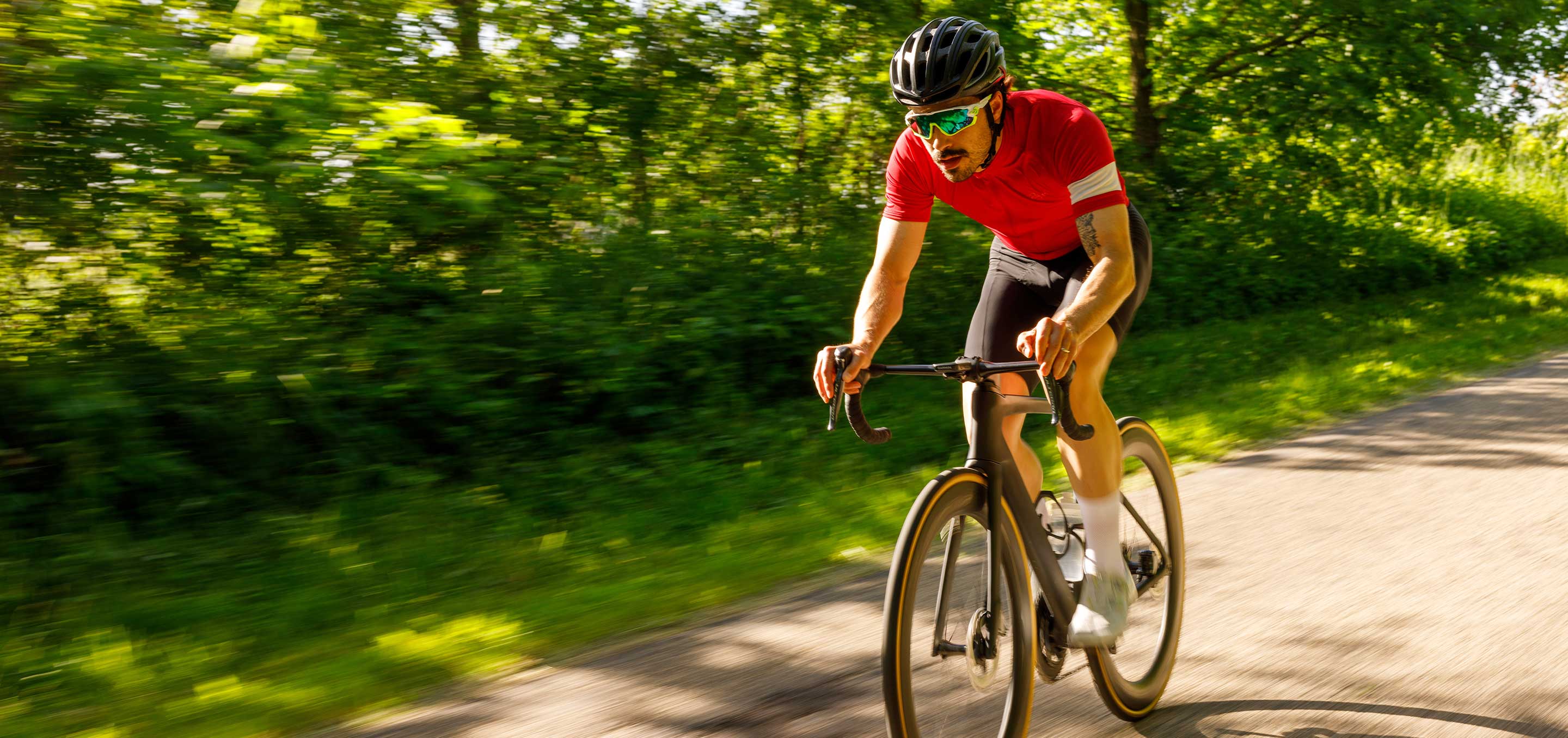The Ultimate Hiking Boot Fitting Guide

How Should Hiking Boots Fit?
A reliable pair of well-fitted hiking boots will make or break your trek. Hiking shoes that don’t fit can cause discomfort that slows you down and may increase your risk of injury. Don't have time for a professional fitting? Find out how you can get the perfect fit for the trail and your feet with the customized support of CURREX® HIKEPRO™ insoles.
Keep reading to learn more about how hiking shoes should fit plus how to choose hiking boots based on your adventure-seeking needs.

Should hiking boots fit snug or loose?
Hiking boots and shoes should fit snug but not tight, leaving a thumb's width of room between the top of your longest toe and the end of the boot. Boots that are loose cause sliding that leads to blisters and instability while too tight of a fit will cause pain and may reduce circulation. Either way, ill-fitting boots are unsafe for the trail.
Signs that your hiking boots don’t fit are:
- Odd bumps or uncomfortable seams
- Pinched toes
- Pressure points
- Foot sliding inside the boot
- Noticeable room at the top of the foot when laced
- Significant space between your foot arch and the insole of the boot
Using Hiking Insoles to Improve Your Fit
To give your hiking boots a snug and supportive fit, CURREX HIKEPRO insoles create full contact between the boot and your foot to improve comfort and defeat post-hike fatigue. Our hiking boot insoles provide dynamic support with a decoupled non-slip heel that fits, wraps and locks your foot in place for a secure hold and a perfect fit.

Engineered specifically for trekking activities, HIKEPRO insoles are the best insoles for hiking because they customize your hiking boots with three unique arch profiles, giving you a comfortable fit for optimal performance.
Did You Know? CURREX HIKEPRO insoles are made with 40% recycled EVA foam and the box they come in uses 100% recycled paper materials. By choosing sustainable hiking gear like CURREX HIKEPRO insoles, you can help protect the environment you love.
Tips for Checking Your Fit
If you are in the market for new hiking boots or your current pair doesn’t fit, try the following strategies for finding the best pair:
- Measure Your Feet. For the most exact fit, measure the length and width of both feet and your arch height. You can do this at home or at an outdoor retail store such as REI with a Brannock Device or CURREX ArchMap™.
- Check Your Size. Compare your measurements to different hiking boot sizes and brands. You do not need to size up or down for hiking boots if your measurements match the size you choose. If the boots aren’t wide enough, look for brands with wide width hiking boots.
- Bring Your Insoles. While some orthotics can drastically change how a boot fits, CURREX hiking insoles have a slim profile that improves your fit without compromising the boot itself.
- Don’t Just Try Them On. Avoid buying boots that are too small by trying them on in the evening, since feet swell throughout the day. With the boots laced normally, walk through the store, checking for sliding or pinch points, and see if the store has stairs or an incline ramp.
- Wear The Right Socks. Bring whatever socks you plan to wear while hiking with you when trying on boots. You’ll have an easier time checking the fit and feel of the boots in a familiar pair of socks.

Once you have a pair that fits, take time to break in your new hiking boots before your first trek. This will prevent discomfort and give you time to return them for a different size or shoe if needed.
How to fix heel slippage in hiking boots?
Struggling with blisters caused by annoying heel slip? You can fix heel slippage in hiking boots three ways:
- Change your laces if they appear stretched, old, or worn.
- Try a new lacing method like the heel lock technique or a surgeon’s knot, which involves tying a knot where the ankle meets the top of your foot then lacing your boots like normal.
- Replace your factory inserts with CURREX HIKEPRO non-slip hiking insoles that fix slippage by filling in gaps in fit and locking the heel in place with added grip zone.

How to Choose the Best Hiking Boots
Your hiking footwear should fit your feet and how and where you hike. If you’re still trying boots on or aren’t sure about the fit differences between styles, here are the types of hiking boots you’ll be looking at and their fit expectations:
- Hiking shoes are low cut and lightweight. They should feel softer with more flexibility, which is great for ultralight hiking, trail running, and nature walking.
- Day hiking boots have a cuff that just covers the ankle bone. They provide more ankle support with moderate flexibility on day hikes.
- Backpacking boots are used for mountaineering and heavy trekking. Made for rough terrains and heavy loads, they have a higher cut, increased durability and the most stiffness.
Each boot type is designed to safeguard your feet from the elements and potential injuries. Features to look for when choosing what shoes to wear hiking are:
- Natural vs Synthetic Uppers: Leather and nubuck hiking boots take longer to break in but are more durable, breathable, and water resistant. Although less durable, synthetic materials are lightweight and may be ideal for new hikers or trail runners.
- Waterproofing: Waterproof hiking boots can lock in humidity from sweat, increasing your chance of blisters. Consider adding breathable hiking insoles with ventilated mesh to help dehumidify your shoes.
- Cushioned Midsoles: The midsole determines the stiffness of the boot and helps absorb shock. When navigating uneven terrain, the stiffer the midsole is the more stability and less fatigue you might experience.
- Internal Support: All hiking boots need good arch support to reduce pressure points, maintain stability and prevent injuries. If your boot lacks adequate support or cushioning, consider a dynamic hiking insole with customizable support.
- Outsoles: Durable rubber outsoles help prevent slipping, especially if you’re hiking off trail. Check to make sure your lug patterns are deep or thick enough for your activity.
- Insulation: Insulated boots are worn for winter hikes or hiking in colder climates. With adequate arch support, these boots can help maintain healthy circulation and keep your feet warm.
The hiking footwear you choose is based on fit as much as it is your experience, personal preference, and the terrain. If you're a thru-hiker or planning a multi-day trip, you’re better off being prepared with some lightweight shoes and a pair of heavier duty boots.
Find A Better Fit with CURREX HIKEPRO Insoles
Hiking boots should have a snug, supportive fit. If you have blisters, heel slippage, or want to take your trek to the next level, consider adding CURREX HIKEPRO insoles for a better fit and more comfortable feel. Find the best insoles for hiking boots with the CURREX Insole Finder.
References:
Hiking Boots: How to Choose Hiking Shoes. (2019, September 9). REI.







